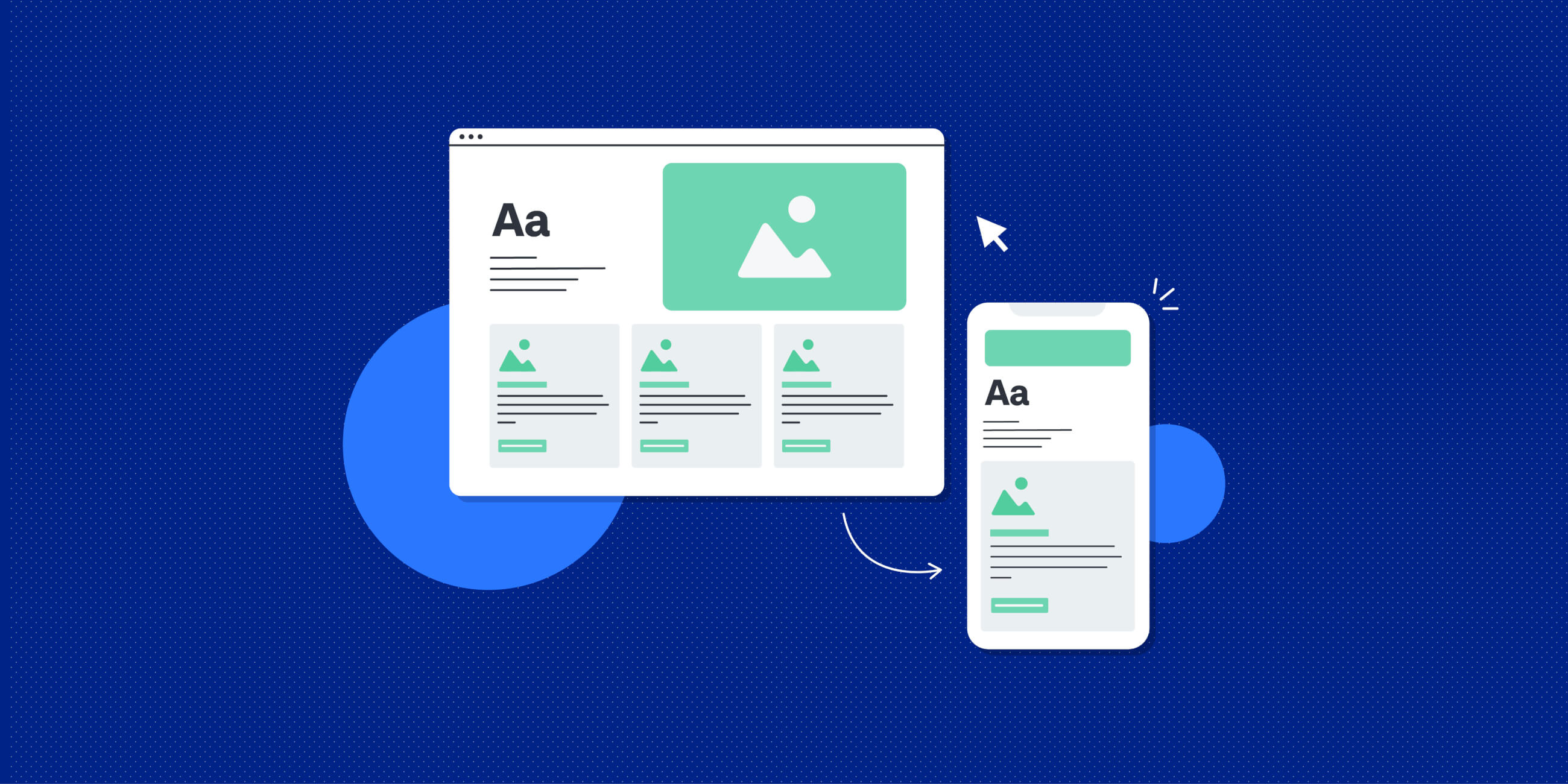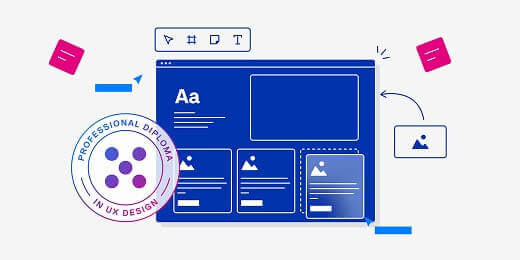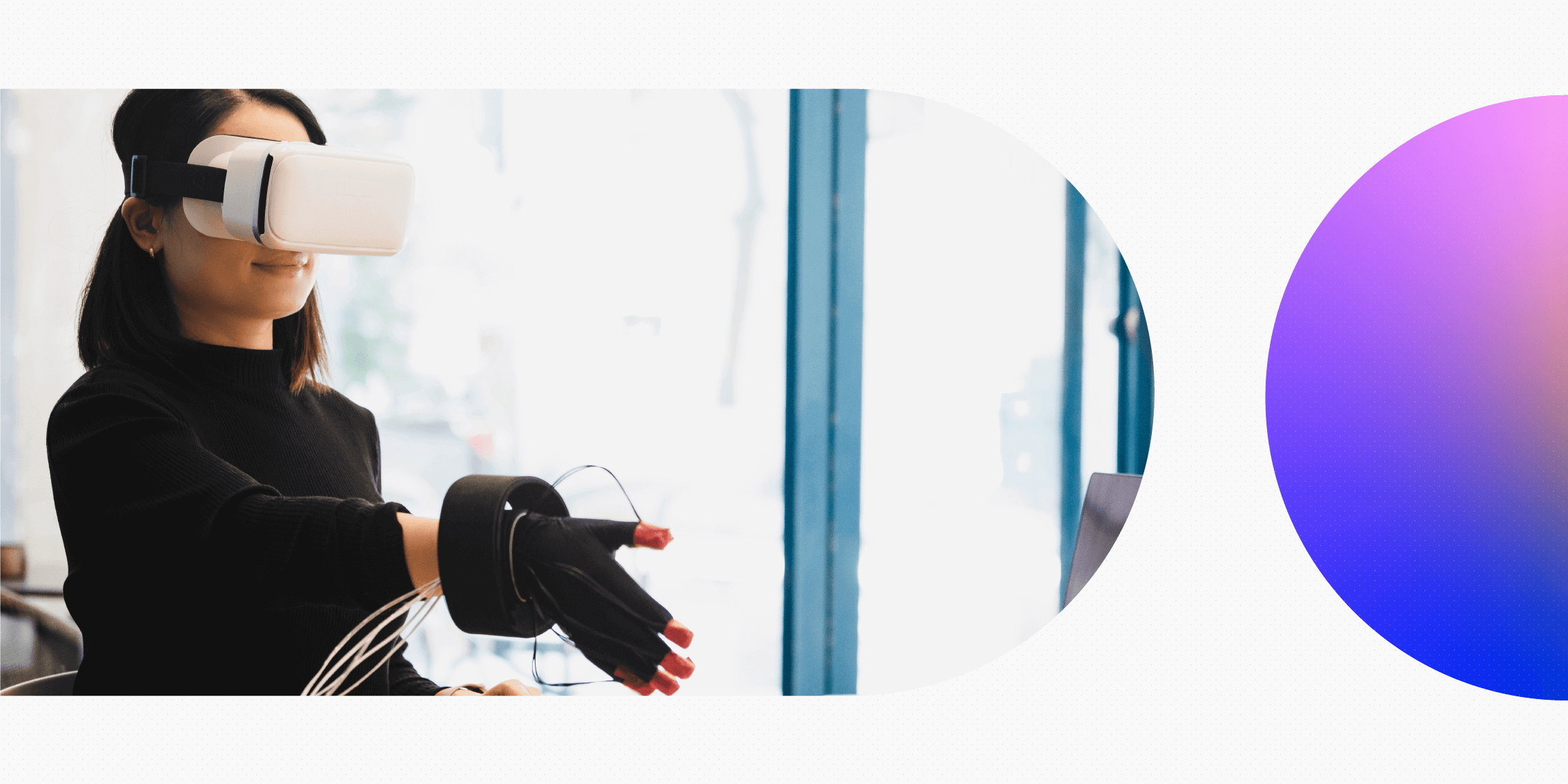Once upon a time, UX design was synonymous with “good, user-friendly products” and “beautiful, functional interfaces.” And that’s still a core tenet of the discipline, but it’s evolved to encompass so much more.
Today’s UX designers don’t simply design. They drive data-informed decisions and shape entire product strategies. They leverage AI and grapple with the ethical implications of such tools.
They’re responsible not only for creating flawless end-user experiences, but also for delivering (and proving) measurable business value.
So what exactly does it mean to be a UX designer right now? What key trends are driving the evolution of the role, and what skills should you be honing to future-proof your career?
Keep reading. We’re about to take a deep-dive into the (ever) evolving role of the UX designer.
How the role of the UX designer is evolving: an overview
Over the past decade, UX design has evolved from an execution-focused craft into a highly strategic, multidisciplinary practice. UX designers aren’t just refining interfaces and fixing usability issues. They’re shaping the entire experiences, systems, and strategies that define how organisations connect with their users.
As a UX designer, you’re now expected to connect the dots between user needs, business goals, and technological possibilities. That means balancing creativity with analytics, empathy with efficiency, and insight with measurable outcomes.
This shift reflects how the field has matured, and how UX has gradually earned recognition as a key driver of business success. And, alongside this steady maturation, we’re also seeing some bigger trends sweeping in and making their mark.
A huge one is the rise of AI. Tasks like analysing user feedback or synthesising research can now be automated or at least accelerated, freeing designers up to focus more on strategy and innovation. This also introduces new challenges around data bias, transparency, and ethics.
At the same time, UX is becoming more deeply embedded in business decision-making. As a result, UX teams are under increasing pressure to demonstrate how their work contributes to core metrics like retention, customer satisfaction, and revenue growth.
Together, these shifts are redefining what it means to be a UX designer. So let’s explore what these changes look like in practice, as well as how you can keep your skills up-to-date.
UX as a strategic function
One of the most significant changes in the UX designer’s role is the shift from execution to strategy. Where UX once focused heavily on creating deliverables, designing interfaces, and fixing usability issues, it now plays a vital part in shaping the direction of products and even broader business decisions.
As a UX designer, you’re not just responsible for how something looks or feels. You’re helping to define what gets built in the first place, and why. Your research, insights, and design decisions guide teams toward solutions that meet user needs while supporting organisational goals.
This means working much more closely with cross-functional teams, from product and marketing to engineering and data, and developing a deep understanding of how design choices influence priorities, investments, and long-term strategy.
For example, you might discover through user research that customers are struggling to understand a product’s value during onboarding. Instead of simply redesigning the interface, you take a more strategic approach. You collaborate with product and marketing to rethink the entire onboarding process, shaping the narrative, tone, and content strategy to build trust and reduce drop-off. That’s UX driving strategy, not just design execution.
This strategic mindset naturally connects to demonstrating business impact (which we’ll explore shortly) because when you influence direction at this level, you also help define the metrics and outcomes that determine success.
Key skills to develop:
If you want to become a more strategic designer, you’ll need to hone the following skills:
- Strategic and systems thinking: Learn to connect design decisions to the wider product and business ecosystem, seeing how each element of the experience supports the bigger picture.
- Cross-functional collaboration: Build strong partnerships with teams across product, marketing, and data to align user experience with organisational priorities.
- Communication and influence: Be able to articulate insights and recommendations clearly, showing how user needs connect to strategic opportunities.
How to hone your strategic skills
If you want to bring a more strategic mindset to your everyday work, make a conscious effort to:
- Get involved early. Join discovery sessions, planning meetings, or sprint kickoffs to understand how decisions are made and share user insights before solutions are finalised.
- Connect your design work to business goals. If you’re improving a checkout flow, for example, think about how your changes could reduce drop-offs or increase conversions. Framing your work this way helps others see its strategic value.
- Build cross-functional relationships. Talk to product managers, analysts, and marketers to learn how they measure success and what challenges they’re trying to solve. The more you understand their priorities, the better you can align design decisions with wider objectives.
- Communicate in business terms. Explain how your designs support growth, reduce friction, or improve retention. This helps you position yourself as a strategic partner who helps shape direction.
Let’s say you’re redesigning a feature in a subscription app. Rather than focusing solely on usability, you might explore how the new experience could encourage users to try premium features sooner. That shift in perspective shows strategic thinking and demonstrates real business awareness.
Demonstrating business impact and measuring the ROI of UX
As UX design becomes more strategic, there’s growing pressure to show how it drives business performance. It’s not enough for a product to be usable or visually appealing; stakeholders want to see measurable outcomes that prove the value of UX design in meeting company goals.
If you can demonstrate how your work improves retention, boosts satisfaction, or supports revenue growth, you strengthen the credibility of UX across the organisation. This kind of business savvy also helps you secure buy-in for future initiatives and resources for deeper research.
Key skills to develop:
To effectively demonstrate the business impact of your work, you need a mix of analytical and communication skills. This includes:
- Understanding metrics: Learn which UX KPIs best reflect the impact of your work, from conversion and completion rates to Net Promoter Score (NPS) and customer lifetime value. You can learn more about this in our guide on the most important UX KPIs and how to measure them.
- Translating research into business outcomes: Get comfortable turning user insights into action points that tie directly to organisational goals.
- Data storytelling: Present findings in a way that connects the human experience to measurable business results.
How to demonstrate the business impact of your work
To show the impact of your work, start by defining success metrics early in the design process. When you know which outcomes matter most to the business, you can design and measure with purpose.
You can:
- Use analytics and research tools to track how design improvements influence performance metrics such as task completion or conversion rates.
- Frame results in business terms. Instead of saying “users found this easier,” say “task completion time decreased by 25%” or “the redesign helped increase sign-ups by 15%.”
- Share insights with decision-makers. Present findings in a way that highlights opportunities, not just problems. This helps position UX as a source of business growth rather than a cost.
Let’s imagine you’re leading a usability study on a key checkout flow. Through the study, you identify friction that causes users to drop off before completing their purchase. After implementing a few design changes, you measure a 20% increase in completed transactions. By linking your design decisions to a tangible business result, you clearly demonstrate the value of UX design and reinforce the strategic importance of your work.
New opportunities (and challenges) in AI-assisted user research
Another big shift is AI. It’s transforming many aspects of the UX workflow, including how designers gather, analyse, and interpret research insights. With the rise of AI-powered research tools, you can now transcribe interviews, cluster qualitative data, and identify patterns in a fraction of the time.
This opens up new possibilities for faster, richer research, but it also presents new challenges around bias and accuracy.
It’s important to bear in mind that AI can’t replace the human side of UX research. Rather, it’s about shifting where you spend your time and attention. So instead of spending hours manually sorting through feedback or writing summaries, you can use AI to accelerate those tasks, leaving you more time to understand the “why” behind the data.
At the same time, it’s your responsibility to ensure that the insights you use are ethical, contextual, and grounded in real user understanding. And that’s the challenge for UX designers today: balancing automation and efficiency without losing that all-important human touch.
Key skills to develop:
The following skills will help you leverage AI effectively throughout the research process:
- AI literacy: Understand what AI tools can and cannot do, and learn their strengths and limitations in the research process.
- Critical evaluation: Develop the ability to question patterns or recommendations generated by AI. Ask what the data might be missing and why.
- Ethical awareness: Stay alert to issues such as bias or data privacy when interpreting or presenting AI-assisted insights, and make sure you’re well-versed in user research ethics.
How to leverage AI effectively for UX research
Here’s how you can use AI to complement and enhance your existing UX research practice:
- Experiment with AI-powered tools. Try platforms that help you transcribe interviews, cluster qualitative feedback, or generate usability reports, and identify which tools genuinely improve your workflow. We’ve rounded up some of the best AI-powered tools for user research here.
- Combine AI insights with human empathy. Use AI to speed up analysis, then validate findings through qualitative methods like user interviews or usability testing.
- Stay curious about new tools. There are new AI tools and features emerging all the time. Stay open to exploring new capabilities, but always consider how each tool affects your process and your users.
- Build ethical checks into your research. Before relying on AI-generated outputs, be sure to review the dataset, understand how it was trained, and identify any potential bias in the results.
For example, you might use an AI tool to group hundreds of open-text survey responses by theme. It gives you a quick overview of what users are saying, but your job is to interpret those clusters with empathy: reading the comments behind each label, understanding tone and context, and deciding what action to take. That’s where human judgment turns AI efficiency into meaningful insight.
Key takeaways and next steps
As you can see, the UX designer’s role has evolved from crafting interfaces and experiences to shaping strategy, delivering measurable business impact, and, of course, leveraging AI. Now more than ever, you must:
- Think strategically. Get involved early in the process and connect design decisions to business goals so you’re influencing what gets built and why.
- Demonstrate impact. Tie your work to meaningful business results and use data storytelling to show how UX drives growth and customer satisfaction.
- Use AI effectively. Let AI handle repetitive or time-consuming tasks so you can focus on analysis, interpretation, and ethical decision-making.
To stay ahead, adopt an always-learning mindset. Keep exploring new tools, collaborate across disciplines, and continue refining both your technical and human skills.
If you’re looking to update your skills, check out the Professional Diploma in UX Design. The curriculum has been refreshed to reflect current industry needs and best practices, and it now includes free access to an additional Certificate in AI Fundamentals — a brand new qualification that teaches you how AI works and how to apply it to user research and design. You’ll gain hands-on experience, learn from industry experts, and build the skills that are most in-demand.
For more industry guides and insights, continue with the following:
- The biggest UX design trends shaping the industry right now
- Will AI replace UX designers?
- How to persuade your manager to invest in UX






